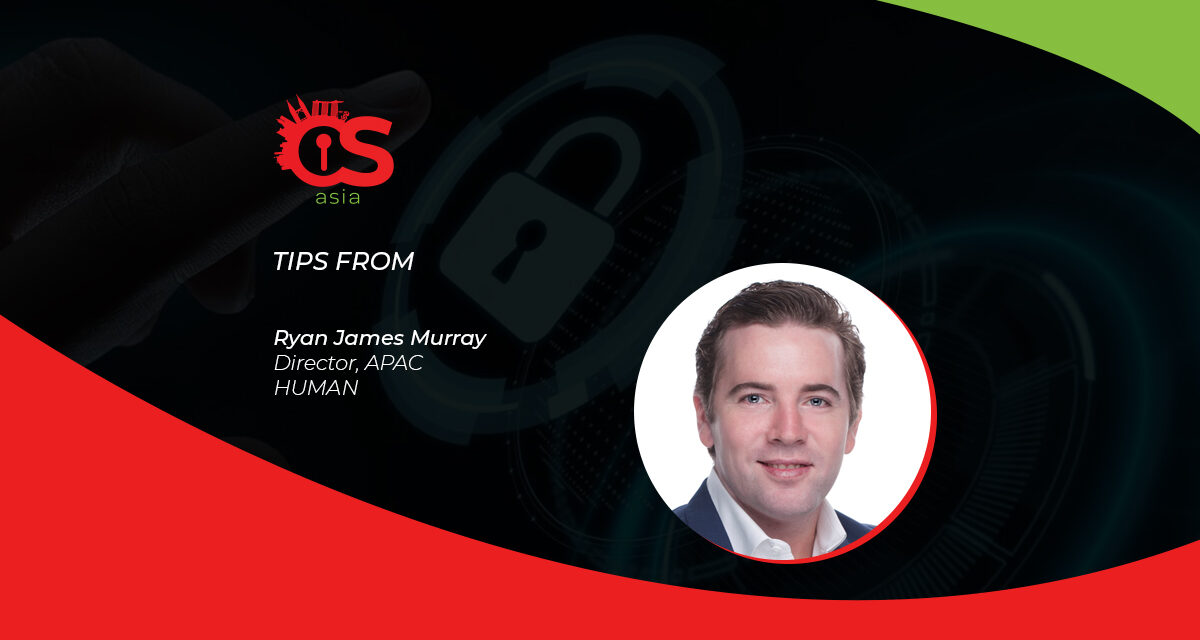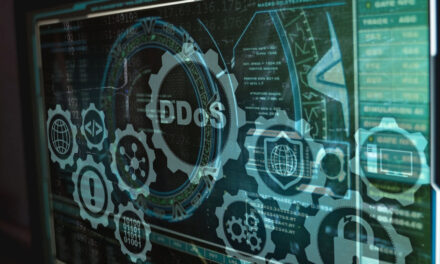Can regular cyber-awareness training and tight security rituals cause staff to become numb to being stakeholders in their organization’s cyber safety?
As the pace of digital transformation races ahead at breakneck speed, many organizations have been guilty of leaving their systems under-protected and in some cases even skipping key cybersecurity protocols altogether.
These firms usually learn about data for ransom the hard way. Typically, it begins with an entire data store becoming compromised and held for ransom by malicious actors. Business leaders are then often left with two choices: pay to regain access to their own data, or refuse and risk bringing the organization to its knees.
Unfortunately, critical infrastructure and healthcare infrastructures are also rapidly becoming attractive targets for attackers, placing human lives at risk to secure quicker ransom payments.
Every employee a cybersecurity stakeholder
The increase in cyber-attacks against APAC organizations should act as a wake-up call to every organizational leader to proactively safeguard their infrastructure against the wide range of potential cyber-attacks.
This is where employees are either the strongest line of defense or the weakest link. Raising cyber awareness, implementing cybersecurity training, and arming teams with preparedness can play a critical role in shifting the power away from the attacker. Additionally, organizations should:
- Ensure that all employees are united in following best practices when managing their passwords and IT teams are actively conducting routine reviews of password hygiene
- Address cybersecurity complacency among senior executives, employees, and business stakeholders. This is possibly one of the biggest threats facing businesses, and it is seldom discussed. The problem is that people slowly become numb to increased training and repeated messaging about the dangers of cybersecurity threats. The increased frequency of warnings eventually desensitizes users, and security fatigue can quickly set in
- Make cybersecurity everyone’s responsibility as the threat landscape and regulatory environment continues to evolve; there is simply no room for complacency or indifference
- Motivate all teams and transform the cybersecurity culture to eradicate apathy towards cyber-threats. Data for ransom has become everyone’s business
- Adopt a proactive approach to cyber-threats. By identifying gaps in legacy security architecture and introducing a ransomware prevention checklist, teams can ensure that their infrastructure is robust enough to prevent critical data from being held to ransom in the first place
With widespread digitalization, the boundary between the real world and the cyber world has grown increasingly thin. This threat opens another can of worms as the reputation damage, legal costs, and financial losses that come with a data breach can take up to two years to recover.
Executive and boardroom members quickly find themselves caught between a rock and a hard place, consequently often leading to irrational decisions.
By strengthening the corporate cybersecurity stance and involving every employee in stakes, organizations in APAC can weather the cyber-threats heading our way in 2022.





















